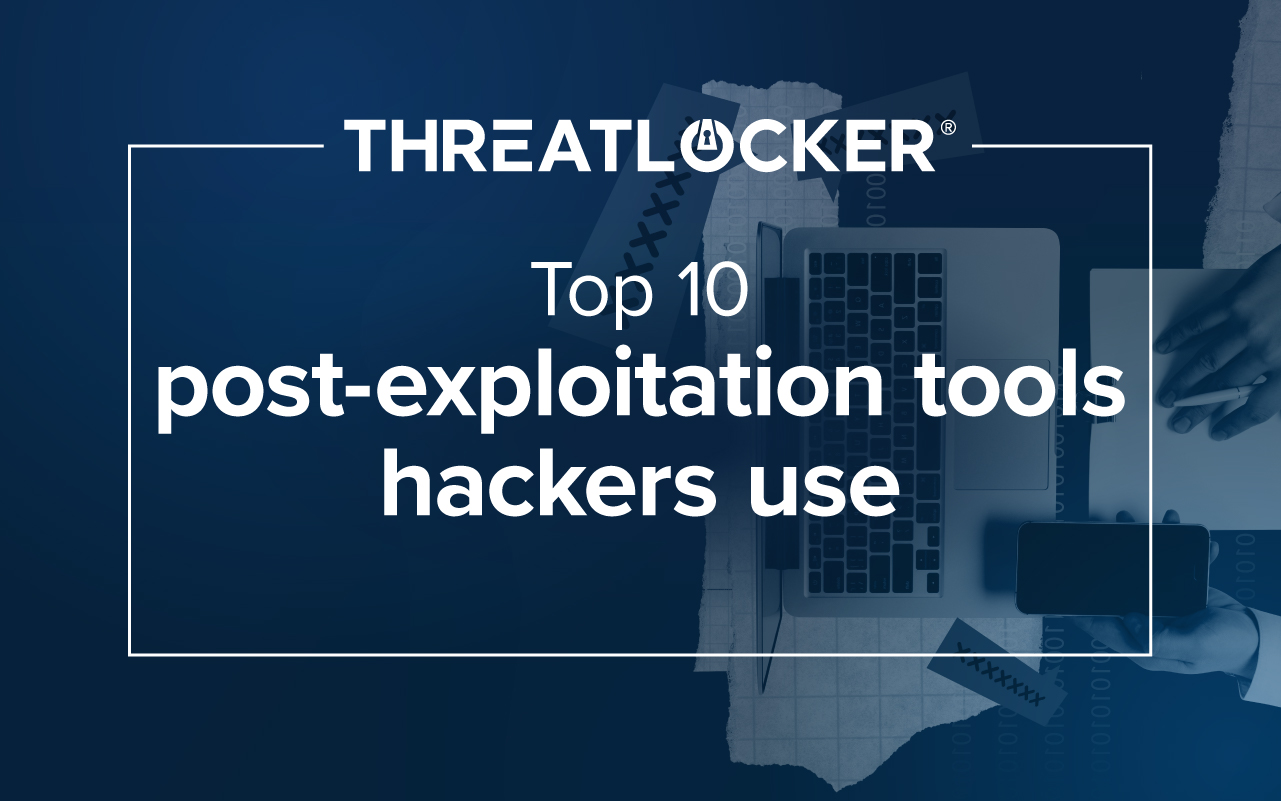Table of contents
Insider threats are a formidable challenge in cybersecurity, often overshadowed by external attacks. When current or former employees, contractors, or business associates abuse their access – knowingly or otherwise – it can compromise sensitive information.
The stakes are high; these breaches can result in significant financial losses, legal repercussions, and reputational damage.
The deal with insider threats
The Cybersecurity and Infrastructure Security Agency (CISA) defines insider threat as, “The threat that an insider will use their authorized access, intentionally or unintentionally, to harm the department’s mission, resources, personnel, facilities, intellectual property, equipment, networks, or systems.”
Insider threats are some of the most common cybersecurity threats – and they are also some of the most dangerous. This is because they are carried out by individuals who already have access to your sensitive data. These include rogue employees who want to use your company’s assets for their gain or disgruntled former employees who seek revenge on their former employers.
An insider threat has, or had, authorized access to, or knowledge of, your organization’s resources and can utilize that information for sabotage, theft, or malicious cyberattacks.
Types of insider threats
As mentioned above, the insider threat meaning encompasses any individual who has the means to harm your organization based on their authorized access or knowledge. However, not all insider threats are created equal.
Here is a breakdown of the most common types of insider threats:
Malicious insiders
Otherwise known as intentional insiders, these actions are often used to harm an organization based on personal gain or grievance. For instance, a malicious insider may be a disgruntled employee who bears a grudge against the organization or their colleagues and may seek to harm the company through unauthorized access, data theft, or sabotage.
Former employees or insiders who act on behalf of competitors are also considered malicious because of their motives.
Negligent insiders
On the other hand, there are also unintentional insider threats. These actors expose an organization to a threat through carelessness. This includes employees who inadvertently expose sensitive information by mishandling data, sharing passwords, or falling for phishing attacks.
Accidents can also occur. Employees who are unaware of security policies and practices can engage in risky behavior and cause accidental breaches. This can also happen when employees are given excessive or unnecessary access permissions and unintentionally misuse their privileges.
Third-party insiders
While much of the emphasis on insider threats is on current or former employees, organizations should also be wary of third-party insiders. This includes contractors, vendors, business partners, and manufacturers.
Essentially, any individual from external organizations who have access to an organization's systems or data as part of their job may pose a risk if not properly monitored. Similarly, insiders within the supply chain, including manufacturers or logistics providers can compromise products or introduce vulnerabilities.
The impact of insider threats
The risk of insider threats is on the rise, and the incidents they cause are becoming more costly.
The most recent report on the state of Insider threats found that these incidents have increased by almost 50% over the last two years and have become more frequent. Furthermore, the cost per incident went up more than a third to $15.38 million. Insider threats are one of the leading causes of data breaches and can take days, if not weeks, to completely contain.
It is also important for organizations to understand the damage insider threats can cause to their reputation. Headlines recently reported how the chief operating officer (COO) of a US network security firm pleaded guilty to compromising the IT systems of two hospitals to generate business for his company. This is a prime example of a malicious insider threat that is not only costly for the organization but has severely damaged its reputation.
Identifying potential risks and vulnerabilities
Being able to identify potential risks and vulnerabilities is a critical component of insider threat cyber awareness. By understanding the potential signs of an insider threat, organizations can take steps to prevent them before they act.
The Center for Development of Security Excellence emphasizes that Individuals at risk of becoming insider threats, and those who ultimately cause significant harm, often exhibit warning signs or indicators. These include:
- Access: The more access someone has to your systems, property, or trade secrets, the larger a threat they pose.
- Professional lifecycle and performance: Disgruntled employees, underperforming individuals, and team members who have been laid off may hold a grudge and act in malice.
- Compliance incidents: An increase in compliance incidents may be a sign that employees could become negligent insiders.
- Technical activity: Information technology comprises an organization’s systems. inappropriate or unauthorized use of any information technology that could lead to, or be evidence of, insider threat.
- Influence: Outside activities and former employment can be red flags for insider threats. While it can be difficult to monitor outside behavior, signs like financial distress, foreign employment, and substance misuse could be potential risks.
Human Resources and IT must work together to identify these potential risks and vulnerabilities. The former can best monitor employee behavior, while the latter can look for the aforementioned vulnerabilities such as excessive access permissions or suspicious technical activity.
Best practices for preventing potential insider threats
As these incidents can be extremely costly and damaging, it is best to prevent insider threats before they become a problem. Here are some of the best ways to mitigate this unique security risk.
Principle of least privilege
The principle of least privilege (POLP) is a concept in computer security that limits users' access rights to only what is strictly required to do their jobs. It is an essential step in preventing insider threats as it prevents them from accessing certain systems, applications, or facilities without the proper permissions.
This immediately reduces the risk of insider threats and can also make a threat easy to identify and contain if it occurs.
Password policies & access controls
As we have discussed before, password attacks are one of the most popular methods of personal and corporate data breaches. They can also be used by insiders. Employees need to follow password best practices – including keeping passwords unique and private.
It is also important for companies to monitor passwords and require updates when necessary. This includes requiring new passwords every few months and restricting access (and passwords) for former employees.
Create a culture of security
Regular security training and cybersecurity awareness programs can go a long way in preventing insider threats. This works twofold. First, it educates employees about what to look for in malicious actors. They can identify risky behavior and flag potential bad actors inside the company.
At the same time, training also makes employees aware of unintentional insider threats. They will know how to avoid common social engineering attacks and become more vigilant employees. This is especially important for the hybrid workforce which faces unique cybersecurity challenges.
This creates a strong culture of security that can help prevent insider threats. It simultaneously encourages employees to report suspicious activities while promoting transparency and trust within your organization. Ensure your organization is regularly updating and communicating security policies to keep this culture strong.
Utilize technology
Security teams should also utilize software and monitoring tools to support their data loss prevention strategy. It is impossible for one team to monitor every employee all the time. Monitoring tools can continuously assess and identify potential insider threats based on compliance incidents and technical activity.
CISA recommends a suite of tools that can improve an organization’s capability to protect its networks, systems, facilities, and members from insider threats. It includes:
- Database monitoring: Tracks database transactions and blocks unauthorized transactions.
- Data loss prevention: Allows organizations to secure communications across email, endpoints, the web, networks, and the cloud before it leaves the host network so information is not leaked.
- Access control systems: Track, control, and watch access and movement within and around facilities.
- Whitelisting: Blocks any unauthorized program from being placed on a network without permission.
- Privileged Access Management technologies: Prevent insiders from accessing certain systems, applications, or facilities without the proper permissions.
- Network flow analysis: Monitors data packets to see if the communications leaving a host network are between malware and another command-and-control server.
- Security Information and Event Management Systems: Real-time threat monitoring to detect insider threats.
The best way to prevent insider threats
It is always best to have a plan to respond to insider threats rather than react. Zero Trust Endpoint Security can ensure your organization is continuously safeguarding and monitoring against insider (and outside) threats by aligning with least privilege principles.
Take control of your cybersecurity with a 30-day trial from ThreatLocker.





